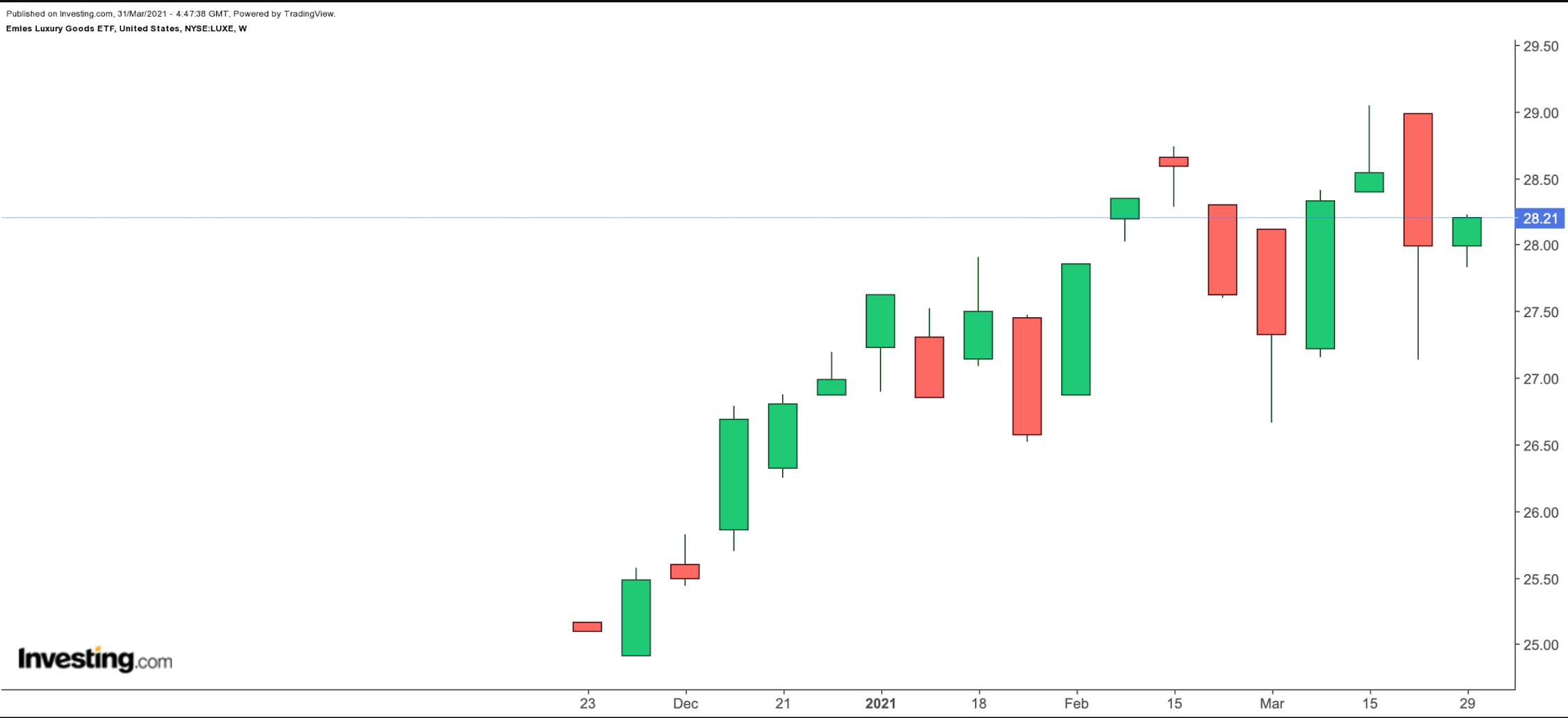Financial planners and academic research typically concur that diversification, a fundamental concept in investing, can decrease a portfolio's volatility without reducing expected returns. For most retail investors, diversification means "not putting all of your eggs in one basket."
In this column, we regularly introduce different exchange-traded funds (ETFs) that might help readers diversify. Today, we discuss two niche funds.
1. Breakwave Dry Bulk Shipping ETF
Current Price: $16.50
52-Week Range: $3.75 - $20.84
Expense Ratio: 3.32% per year
The Breakwave Dry Bulk Shipping ETF (NYSE:BDRY) is currently the only freight futures ETF focusing on dry bulk shipping. It invests in a portfolio of near-dated freight futures contracts on dry bulk indices. These futures typically have a weighted average of approximately three months to expiration.
In dry bulk shipping, these size of ships are currently the most widely used:
Capesize: ~180,000 tons (largest dry bulk ship; mainly used for long-haul, iron ore)
Panamax: ~75,000 tons (regarded as the “workhorse” of the industry; mainly used for coal and grains; can use Panama Canal)
Supramax: ~55,000 tons (most versatile due to ability to access small ports)
The initial freight futures allocation was 50% Capesize contracts, 40% Panamax contracts and 10% Supramax contracts. The fund rebalances annually in early December. BDRY started trading in March 2018, and assets under management stand at $50.4 million.

Shipping is an important segment of the transportation sector, where rates are based on supply and demand. Commodity trading relies heavily on shipping. Crude oil, iron ore and coal top the list of commodities shipped globally. On the demand side, China is the most important market for seaborne volumes.
In recent days, shipping rates surged as a 400-metre-long ship got stranded in the Suez Canal through which more than 10% of daily global trade passes. News headlines noted:
“The 200,000-tonne ship operated by Taiwanese company Evergreen Marine is one of the world’s biggest container vessels with a length of four football pitches and can carry around 20,000 containers.”
With it, hundreds of ships also got "stuck in a tailback waiting to pass through the 193-kilometre (120-mile) canal on either side of the blockage."
Such disruptions, which affect the supply chain, push shipping rates higher. As a result, in the past several days, BDRY has also gone up more than 10%. Over the past year, the fund has returned about 240%, hitting a 52-week high in recent days.
The Suez Canal incident of the past few days was an extreme event that is currently being resolved. Therefore, there could soon be some profit-taking in BDRY. We should also remind readers that this is a small and niche ETF with a high expense ratio. Yet, those investors who believe fundamentals for dry bulk shipping will be favorable in the rest of the year could consider a small exposure to the fund.
2. Emles Luxury Goods ETF
Current Price: $28.21
52-Week Range: $24.92 - $29.05
Expense Ratio: 0.60% per year
The Emles Luxury Goods ETF (NYSE:LUXE) invests in global businesses likely to benefit from sales and consumption of luxury goods. The fund started trading in November 2020, and assets under management are $2.8 million.

The global luxury market is "projected to grow from US$257.26 billion in 2020 to US$352.84 billion in 2027 at a CAGR of 4.6% in the 2020-2027 period."
Research suggests two segments of consumers are also catching the attention of companies that offer luxury goods and services. They include "High-Earners-Not–Rich-Yet (HENRY)... [and] the younger section of the population, who comprise the future consumers of luxury goods."
Therefore, companies are likely to increasingly offer products and services that could command a premium price among a larger consumer base.
LUXE, which has 47 holdings, tracks the Emles Global Luxury 50 Index. Among the leading names are Volkswagen (OTC:VWAGY), Daimler (OTC:DDAIF), Apple (NASDAQ:AAPL), Diageo (NYSE:DEO) and Estee Lauder (NYSE:EL).
So far in 2021, the fund is up about 3.5%. Those investors who want exposure to this niche market segment could keep the fund on their radar.
